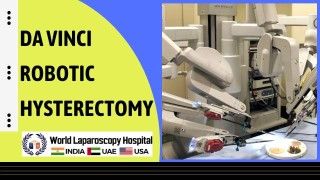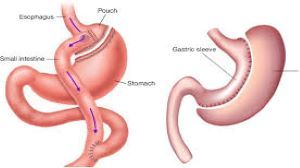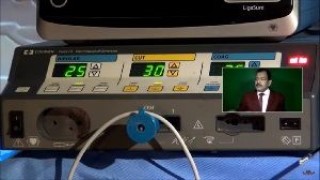Laparoscopic Cholecystectomy and Appendectomy by same port
Add to
Share
89 views
Report
1 month ago
Description
Minimally invasive surgery has revolutionized the way surgeons manage common abdominal pathologies, reducing patient trauma, hospital stay, and recovery time. One of the advanced approaches in this field is performing laparoscopic cholecystectomy and appendectomy through the same port system, offering patients the advantage of treating two conditions in a single operative session without the need for multiple incisions. Concept and Technique Traditionally, laparoscopic cholecystectomy (removal of the gallbladder) and laparoscopic appendectomy (removal of the appendix) are carried out through separate multi-port approaches. However, when both gallbladder and appendix pathologies coexist or when intraoperative findings reveal disease in both organs, surgeons can perform both procedures using the same access ports. Primary Access: A 10 mm umbilical port is usually created for the camera. Working Ports: Two or three additional ports (5 mm each) are placed strategically to allow access to both the gallbladder (in the right hypochondrium) and the appendix (in the right iliac fossa). Port Sharing: Instead of making separate incisions for each procedure, the same set of ports is used to dissect, ligate, and remove both the gallbladder and the appendix. Specimen Retrieval: Both organs can be extracted through the umbilical port using a retrieval bag, minimizing wound contamination and infection risk. Advantages Single Surgery for Dual Pathology – Eliminates the need for two separate operations. Reduced Trauma – Fewer incisions lead to less postoperative pain and better cosmetic results. Shorter Hospital Stay – Patients often recover faster, returning to normal activities sooner. Cost-Effective – Saves the expense of a second hospitalization, anesthesia, and surgery. Safe and Feasible – With proper expertise, the risk profile is similar to standard laparoscopic procedures. Indications Patients presenting with symptomatic gallstones along with appendicitis. Cases where incidental appendicitis is detected during laparoscopic cholecystectomy. Patients with recurrent right lower abdominal pain suspected to be of appendicular origin, already undergoing cholecystectomy. Challenges and Considerations Requires skilled laparoscopic surgeons experienced in advanced minimal access techniques. Proper patient selection is essential, especially in complicated appendicitis or severe cholecystitis. Surgeons must take precautions to prevent cross-contamination, especially when dealing with infected appendicular pathology. In rare cases of dense adhesions, an additional port may still be required. Conclusion Performing laparoscopic cholecystectomy and appendectomy through the same port system is a safe, practical, and efficient technique when indicated. It combines the benefits of minimally invasive surgery with the convenience of addressing two abdominal conditions in a single operative session. With the growing expertise of surgeons in advanced laparoscopy, this approach is increasingly being recognized as a patient-friendly and cost-effective surgical solution.
Similar Videos






